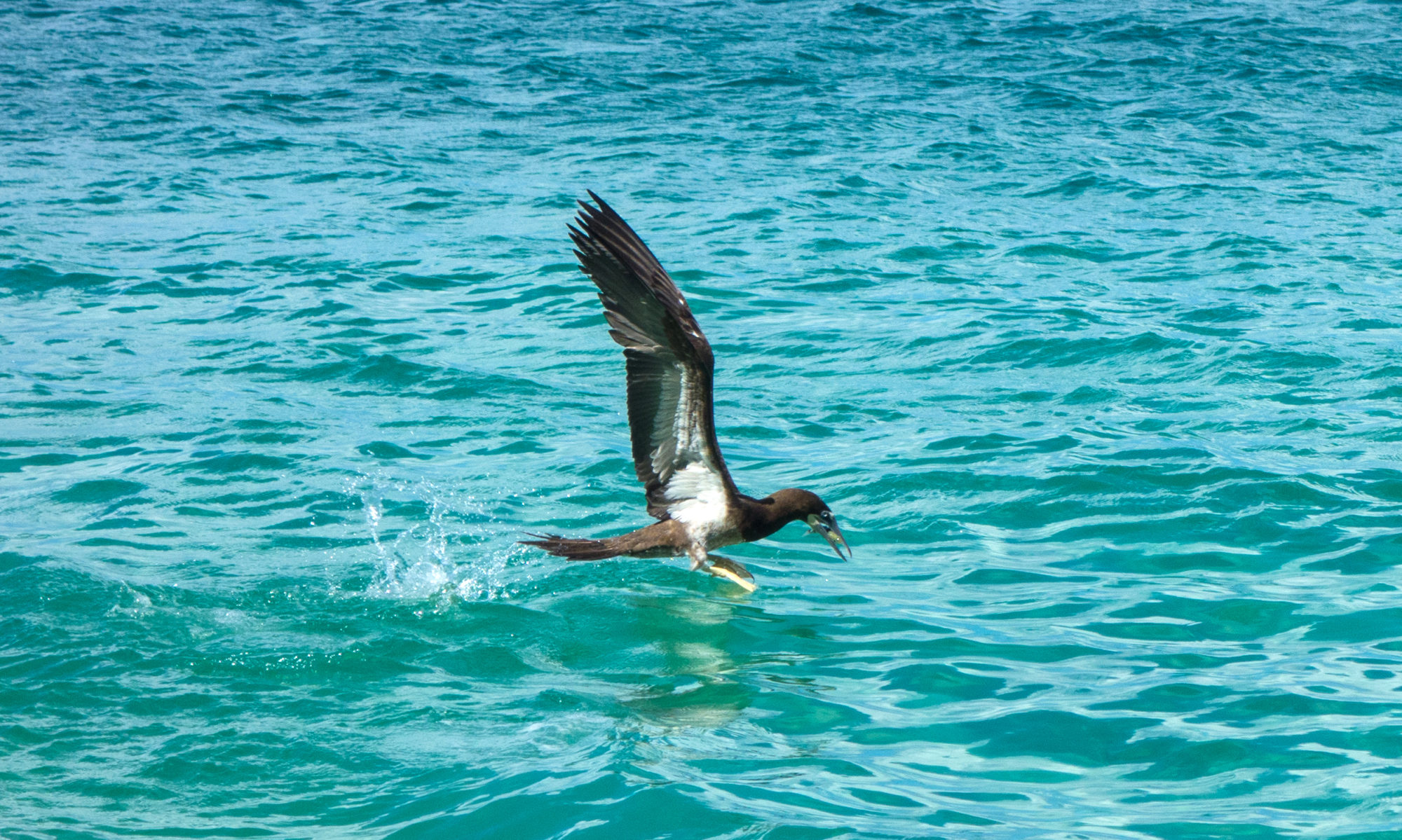Bequia was changing quickly, it had gone from being a tiny Island no-one had ever heard of to a much sought-after Caribbean destination and the modern world was catching up with us. Son Mitchell had foreseen the changes tourism would undergo, and had begun negotiations for the construction of an airport on Bequia long before it actually happened. The country didn’t have the funds to carry out such a project, and organizing a grant took time and patience. Son knew that the absence of an airstrip was a constraint to tourism, with so many Caribbean destinations easier to get to our lack of an airport was detrimental, and he worked long and hard to resolve the situation.

As early as 1982 the World Bank Report on Tourism acknowledged that the Grenadines needed infrastructure such as jetties and airstrips, stressing that they were essential if the country wanted to enhance tourism. On the strength of this report, the European Investment Bank financed a feasibility study for an airport on Bequia. Like all feasibility studies this took a long time, but it was finally completed in 1987. The proposed airport was approved, and grant-funded under the Third LOME Convention. A German firm named Kocks Consult GmbH was selected in 1988 as the design and Supervision consultant, and Interboten/Ham of the Netherlands was awarded the contract to construct the airport in 1989. During the course of these negotiations I had watched Son Mitchell as he wined, dined and wooed representatives from the World Bank and the European Investment Bank, and his charm and persistence were rewarded when the airport project grant was approved.

As I recall, three possible airport sites were considered, Cinnamon Garden, Spring and Paget Farm. Paget Farm was the most viable when it came to aircraft approach and wind direction, and the location was chosen accordingly. Building the airport at Paget Farm didn’t happen overnight, there were many stages of analysis, performance and certification procedures that had to be carried out before construction could begin. It was essential to determine the height the airport needed to be above sea level, and an environmental impact study needed to be conducted. New homes were constructed for those living on property at Paget Farm that was needed for the airport, the runway would be built on reclaimed land, but several houses had to be removed to accommodate the tarmac and the terminal building. Dynamite would be used to blast massive boulders from the hillside north of Adams Bay, it was the most obvious source for the raw materials needed for the project. It was a massive undertaking, and the Island buzzed with excitement when the Dutch team working for Interboten/Ham arrived with their equipment.

I had never seen a dredge before, and the massive piece of machinery the company from the Netherlands used was impressive to say the least! The dredge pumped sand, shells and coral from the sea, creating huge mounds to be smoothed and then compacted. I found it amazing that what the dredge spewed from its snaking pipe would some day be part of the Island, and watched the process with fascination. Although it was strictly forbidden, Mac and I often scrambled over the mounds of shells and coral to inspect what the sea had to offer, and this illicit activity turned into a bit of an obsession! We had become friendly with the project’s Dutch Comptroller, and with such an ally on site the workers usually turned a blind eye when we trespassed.

What treasures we found on those shell-laden mounds! Bequia’s beaches offered little to shell collectors, but the bounty dredged up from the deep was incredible. With buckets in hand, we picked up beautiful Lion’s Paws which to this day are used in our home as soap dishes. We found lots of Lightning Whelks as well as Pear Whelks, prettier and more colorful than the black whelks usually found on the beaches. There were small Crown and Horse Conchs with delicate spines, and lovely Ribbed Cantharus shells. The selection was vast, I forget the names of many but recall shiny Cowries, Moon shells, smooth Olive shells and Murex shells.
Soon our house was filled with beautiful shells, they adorned pretty well every room and were a lot of fun to collect. As long as the dredge was in operation we hunted for those shells on what would eventually be a runway, and I was disappointed when the compacting of the dredged material began. Vibro compaction was essential to the construction of the airport, but it put an end to our fun expeditions!


